Have you been thinking of visiting Northern Poland castles yet? It is proof of rich and diverse history of this part of the world beginning with the State of the Teutonic Order, then Prussia, and ending with the Kingdom of Poland. There is much more to see than UNESCO heritage listed Malbork Castle. I have prepared for you a list of seven awesome castles in Northern Poland to include in your travel itinerary. So here you go!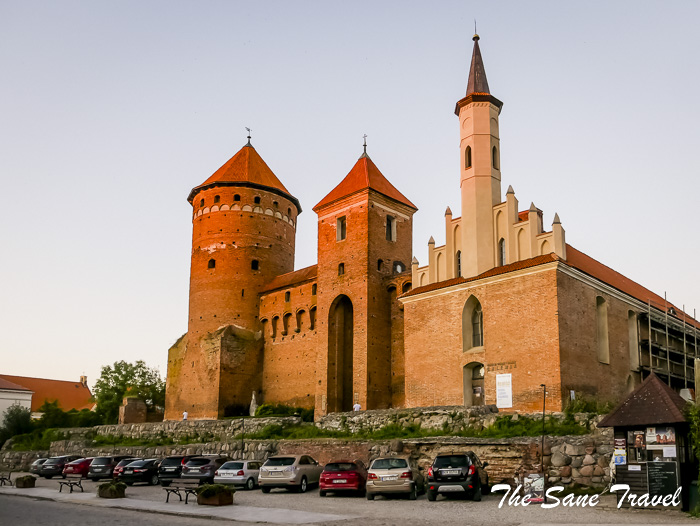
Reszel Castle
This magnificent 700-year-old building today is an elegant hotel and a renowned restaurant. The history of the castle begins in the middle of the 13th century during the Teutonic conquest of Prussia. In the middle of the 13th century, the lands around Reszel were handed over to the Warmian bishop. Bishop’s Castle in Reszel was finished at the end of the 15th century. It has the shape of a square with a powerful defensive bastion that had an underground prison. When the castle lost its military significance in the middle of the 16th century, it was converted into a hunting lodge. The Bishops of Warmia often resided here. The building declined in the 18th century and further destruction was caused by two fires at the beginning of the following century after which it was rebuilt into its present shape. In the interwar period, a regional museum was erected in the castle, and after the Second World War, a long renovation of the buildings was undertaken.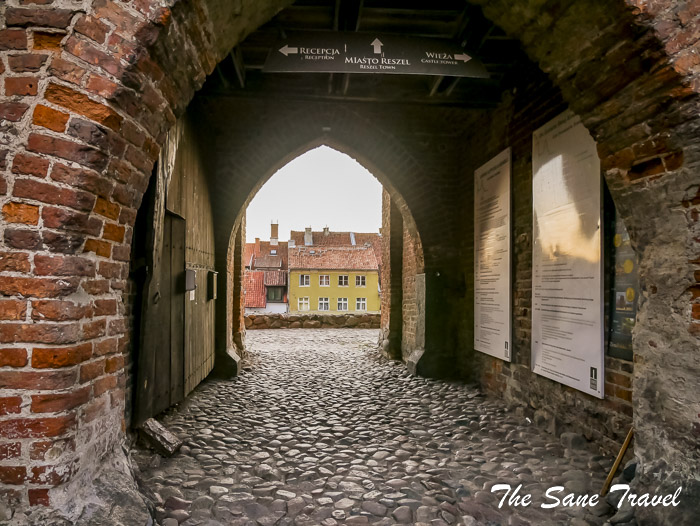
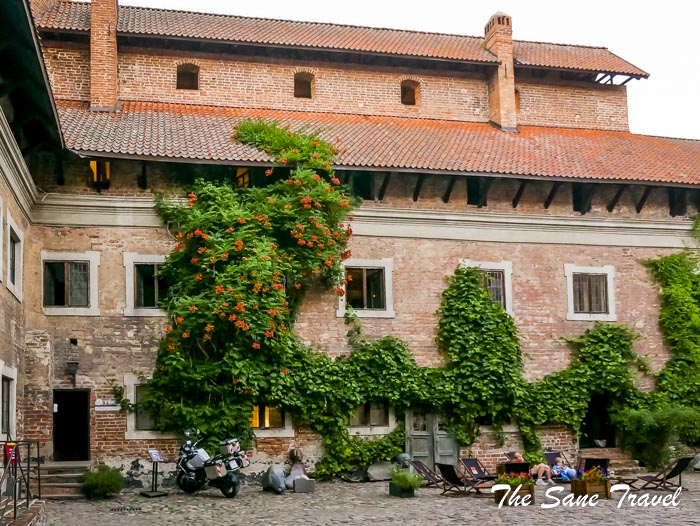
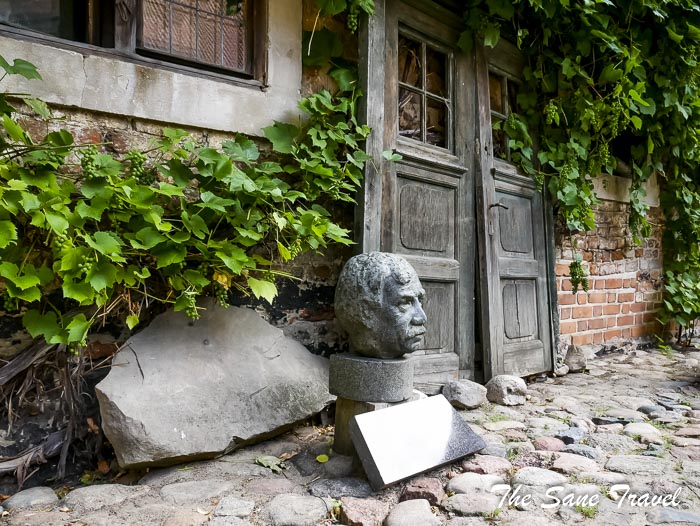
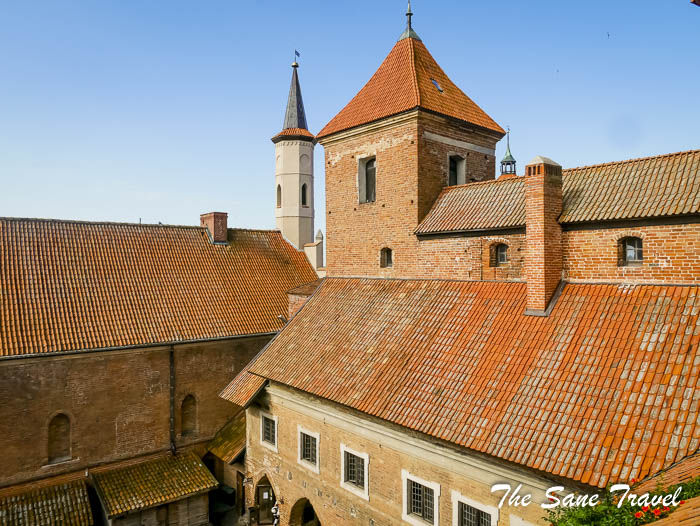 Today Reszel Castle is one of the best preserved castles in Poland. At present, the castle houses a hotel and restaurant.
Today Reszel Castle is one of the best preserved castles in Poland. At present, the castle houses a hotel and restaurant. 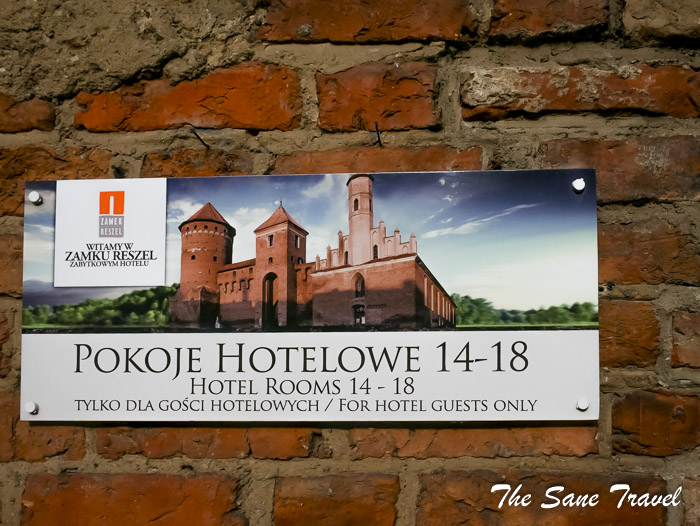
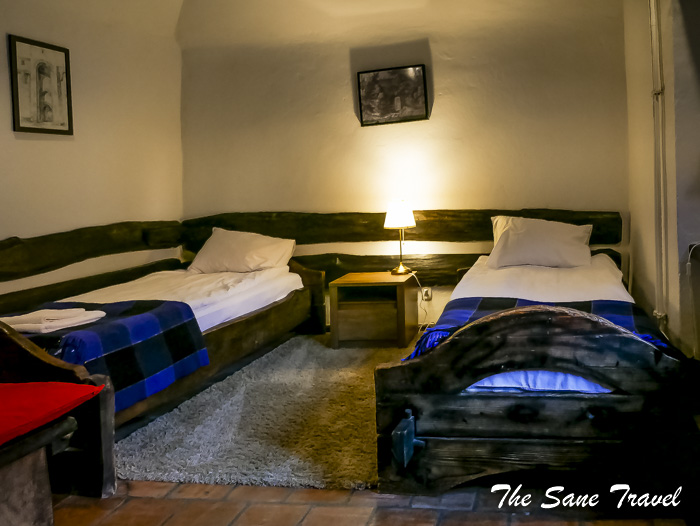 Guests can visit torcher rooms in the basement and climb up a tower to see a Reszel town from the top.
Guests can visit torcher rooms in the basement and climb up a tower to see a Reszel town from the top.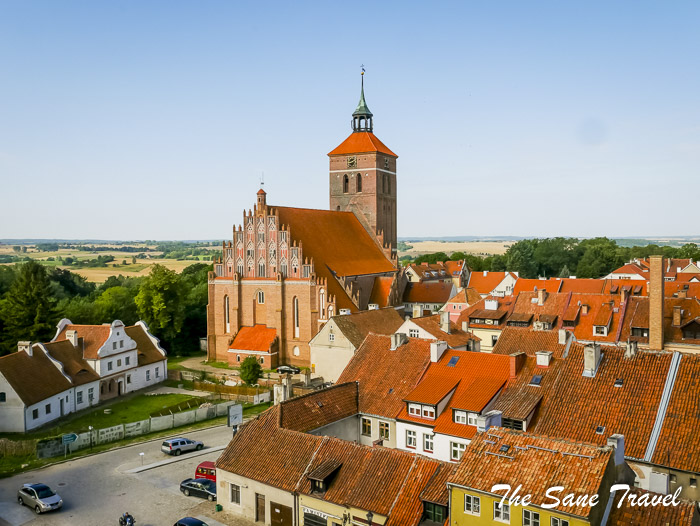 Events and chivalry tournaments are organised in its courtyard. The castle gallery of contemporary art has a separate entrance.
Events and chivalry tournaments are organised in its courtyard. The castle gallery of contemporary art has a separate entrance.
Practical tip. I stayed overnight there and recommend it to you too.
Address: Podzamcze 3, 11-440 Reszel
Lidzbark Warminski Castle
Another impressive castle of the Bishops of Warmia is located in Lidzbark Warminski. This jewel of gothic architecture was built between the rivers Łyna and Symsarna at the end of the 14th century. The complex consists of a Gothic castle and an outer yard with a baroque palace. Until the end of the 18th century, it was the seat of the Bishops of Warmia, and the castle had numerous prominent residents such as Nicolaus Copernicus and many Bishops. During the 19th century, the castle was used as an orphanage and hospital. After World War II, the castle was restored and for about 60 years is housing a branch of the Museum Warmia and Mazury.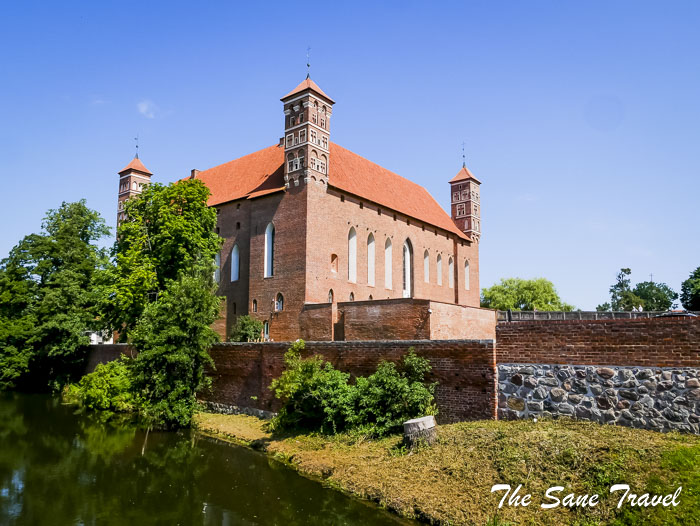
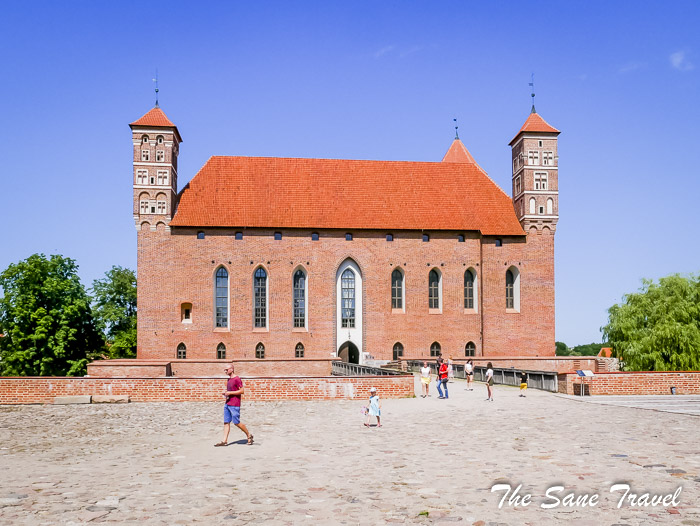
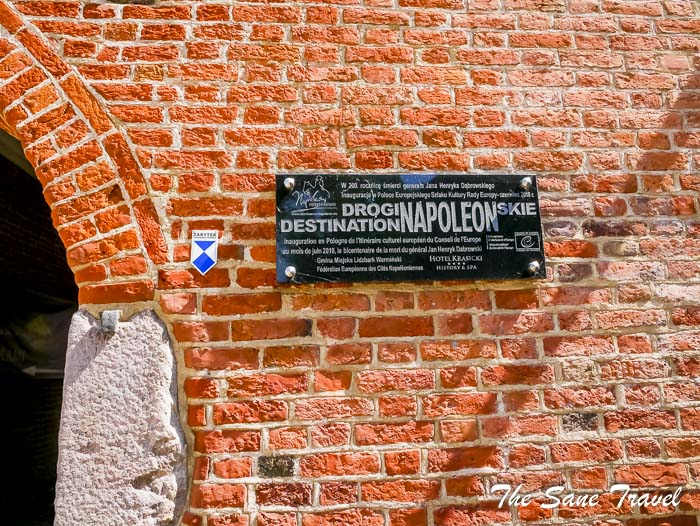
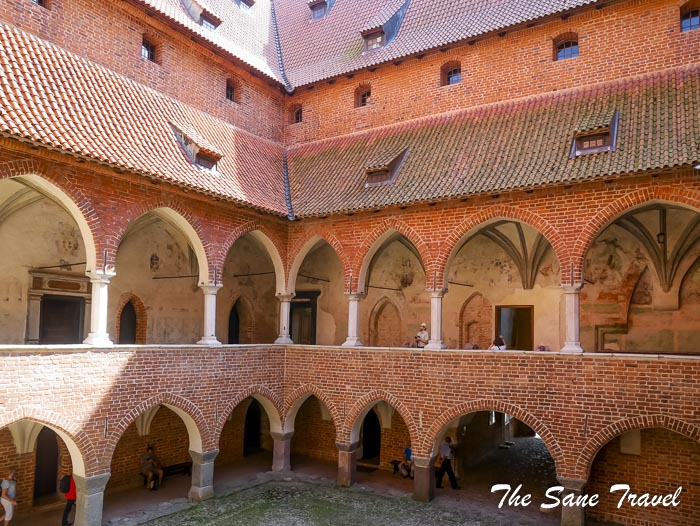
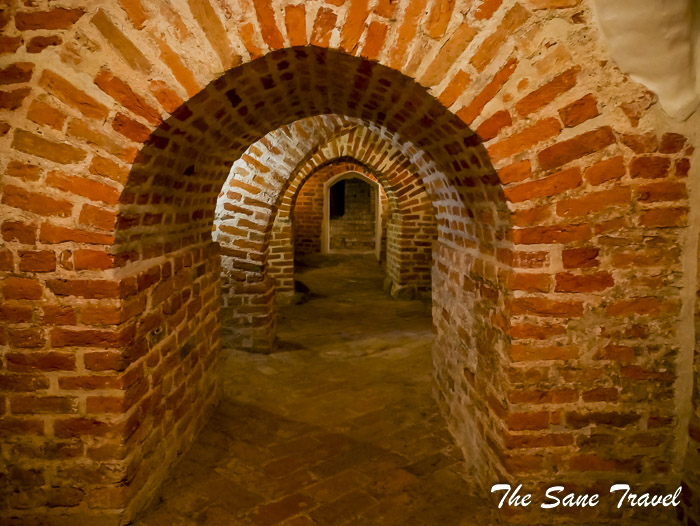 The castle appearance resembles Teutonic castles. The fortress had its own mill and a large forecourt. The whole complex was surrounded by the moat. The Gothic cloisters of the castle are dating back to the end of the 14th century. The ground floor of the castle has a collection of Gothic art, portraits, and documents related to the history of the castle.
The castle appearance resembles Teutonic castles. The fortress had its own mill and a large forecourt. The whole complex was surrounded by the moat. The Gothic cloisters of the castle are dating back to the end of the 14th century. The ground floor of the castle has a collection of Gothic art, portraits, and documents related to the history of the castle. 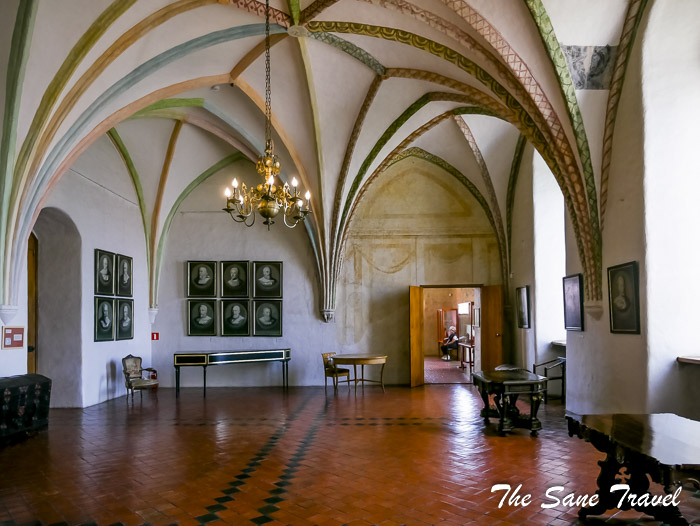
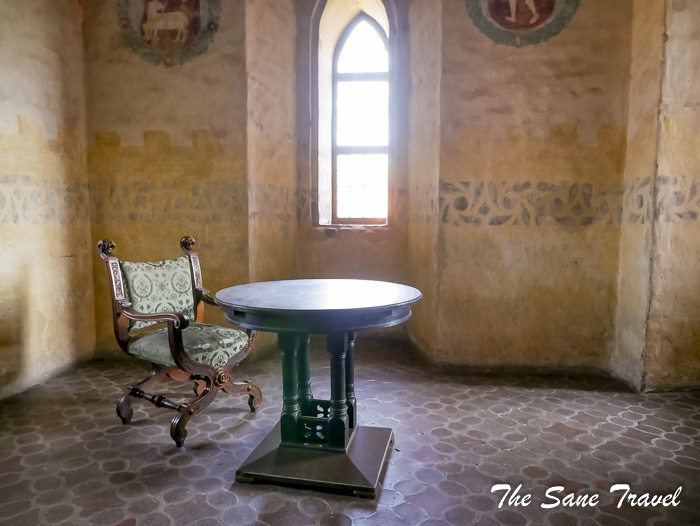 The first floor of the building is housing a Polish art gallery from the 19th and 20th centuries.
The first floor of the building is housing a Polish art gallery from the 19th and 20th centuries.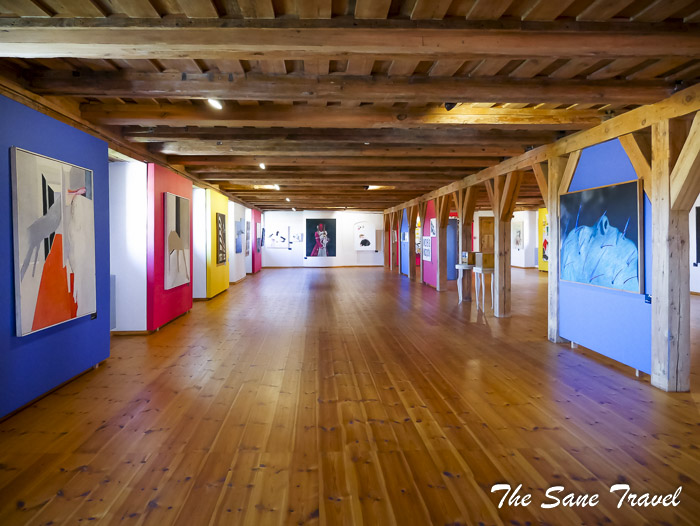 The rococo style chapel of St. Catherine of Alexandria is representing the amazing wealth of ornaments and accumulation of works of art from the 17th and 18th centuries.
The rococo style chapel of St. Catherine of Alexandria is representing the amazing wealth of ornaments and accumulation of works of art from the 17th and 18th centuries. 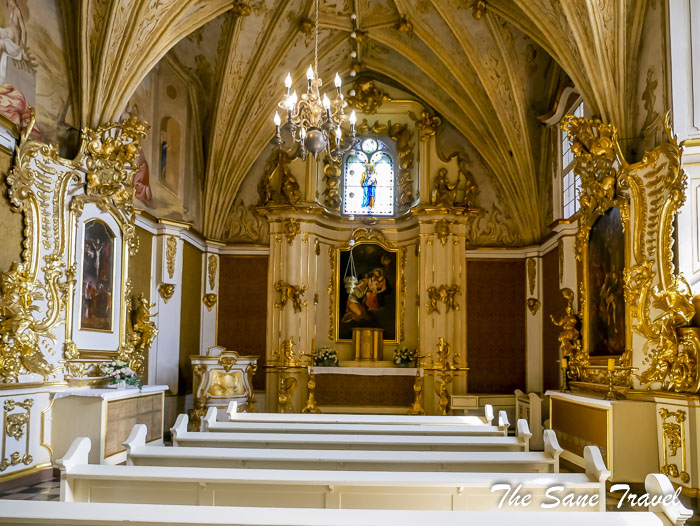 I thought it was very impressive and definitely worth visiting.
I thought it was very impressive and definitely worth visiting.
Address: Plac Zamkowy 1,11 -100 Lidzbark Warmiński
Frombork Castle
The fortified cathedral of the Warmian Chapter in Frombork is rated amongst the castles. The name of Frombork (Frauenburg) has, similarly to Malbork (Marienburg), the “bork” element, which derives from the German word “burg” (fortress). Consequently, Frombork can be translated as “Fortress of the Lady”. Frombork is famous not only for the castle but also because of the cathedral and world famous Nicolaus Copernicus as this is the place where he worked and created his modern model of the outer space. Nicolas Copernicus spent his last part of life at Frombork as a member of the Warmian Bishopric. In Archcathedral Church you can find the Copernicus grave and epitaph.
The construction of both the castle and cathedral started in the late 13th century.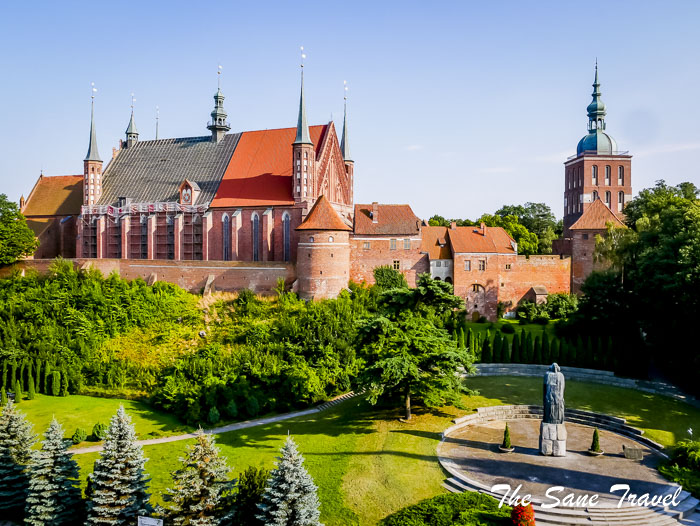
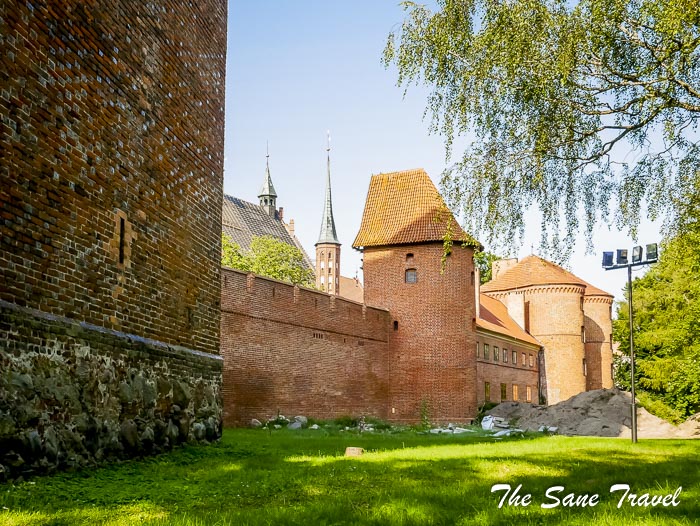
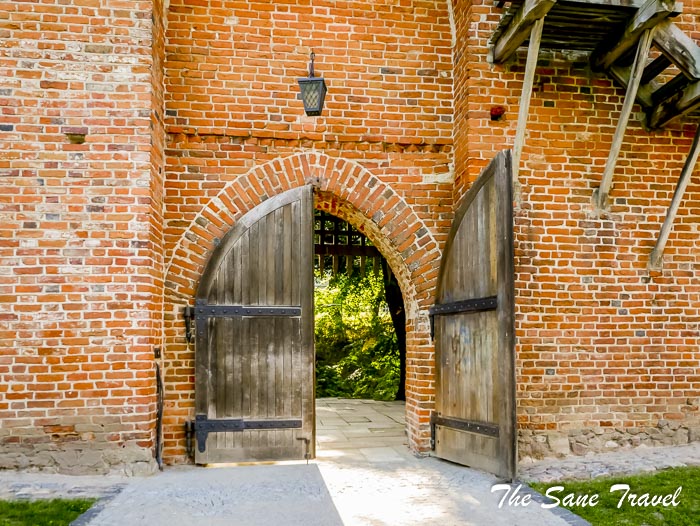
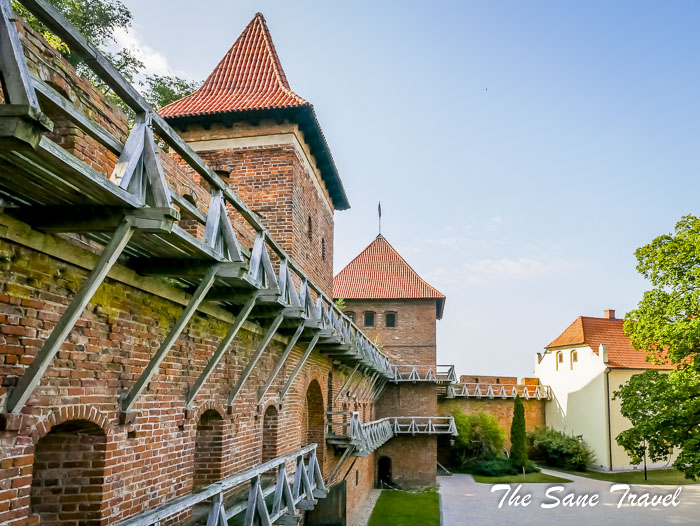 You can visit the cathedral, the castle, and Nicolaus Copernicus Museum with many astronomical instruments,
You can visit the cathedral, the castle, and Nicolaus Copernicus Museum with many astronomical instruments, 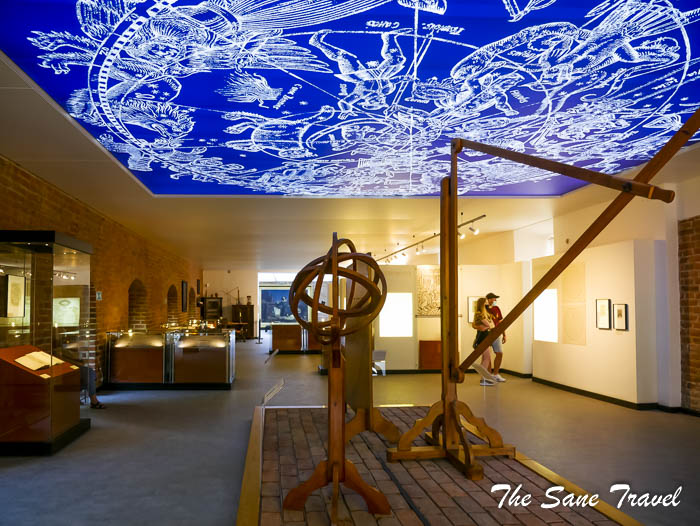 the planetarium, and watch stained glass window exhibition. Frombork organs are believed to be one of the best organs in the country, so the Organ Music Festival is held annually there. Looking at the building, you can count as many as eight towers and bastions. The most valuable building of the fortress is of course the cathedral, the jewel of Gothic architecture. It is one of the largest and most beautiful sacred buildings in north-eastern Europe. It's also a burial place of Nicolaus Copernicus.
the planetarium, and watch stained glass window exhibition. Frombork organs are believed to be one of the best organs in the country, so the Organ Music Festival is held annually there. Looking at the building, you can count as many as eight towers and bastions. The most valuable building of the fortress is of course the cathedral, the jewel of Gothic architecture. It is one of the largest and most beautiful sacred buildings in north-eastern Europe. It's also a burial place of Nicolaus Copernicus. 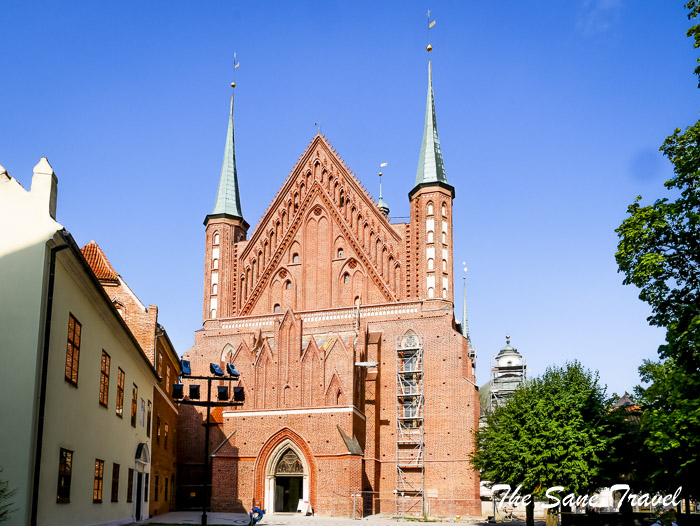
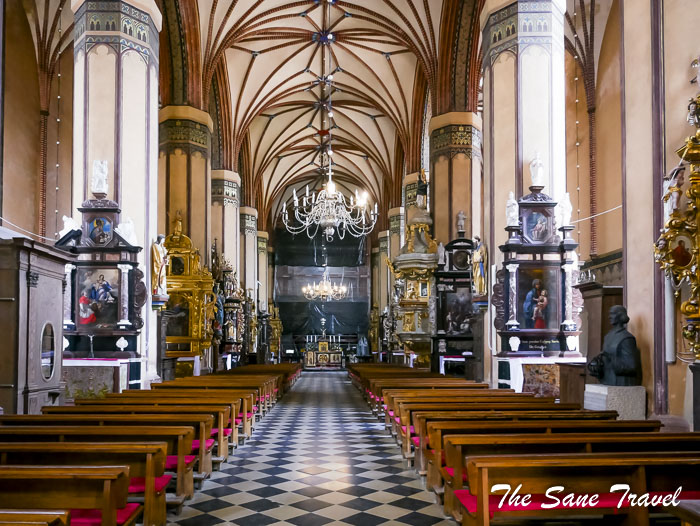
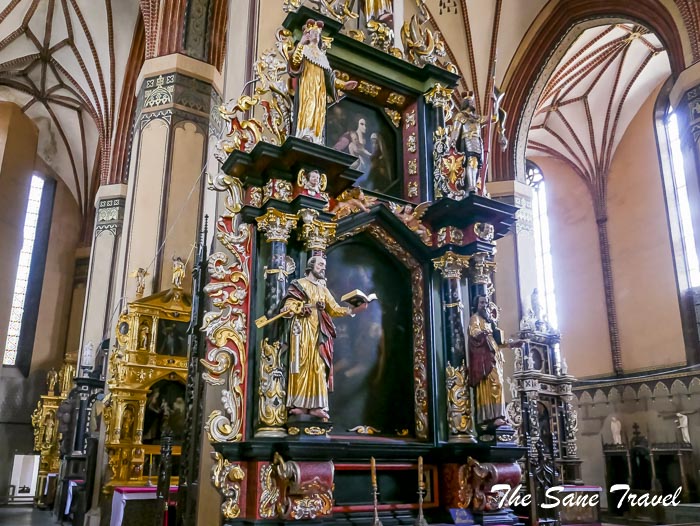
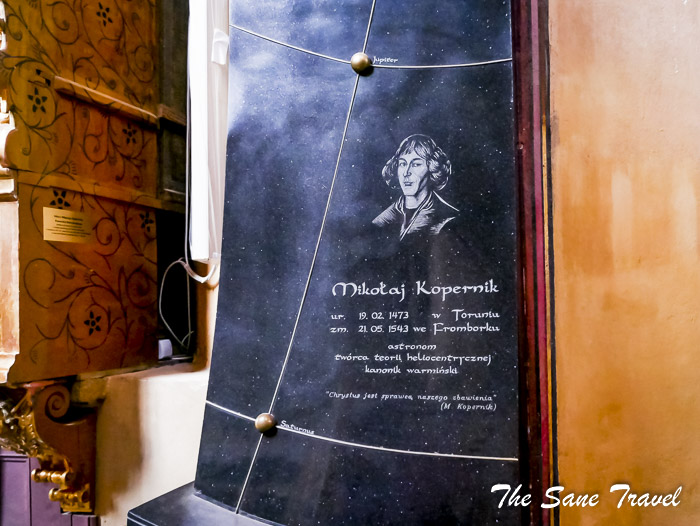 Practical tip. You can get the best views of the castle and cathedral from a viewpoint at a nearby old water tower.
Practical tip. You can get the best views of the castle and cathedral from a viewpoint at a nearby old water tower.
Address: Katedralna 8, 14-530 Frombork
Ryn Castle
Ryn is a small town in Mazury, beautifully situated on an isthmus between Ołow Lake and Rynskie Lake. It’s where Ryn Castle is located. At the end of the 14th century, on the site of a former structure in a defensive location, the Teutonic Knights built the castle as the seat of the commander and to serve as a base for battles with the Lithuanians. Since the early 16th century, the castle became a hunting lodge for the Prussian prince and was rebuilt several times. It was burnt down by the Polish army in the middle of the 17th century and since then was uninhabited. In the second half of the 19th century, the castle was used as a women’s prison. After a fire at the end of the 19th century, it was rebuilt in a neo-Gothic style and was still used as a prison and local administrative centre. In the early 21st century, the castle was reconstructed and restored for use as a hotel and tourist facility. Some of the historic interiors were preserved. Since 2006, a four-star hotel Ryn Castle operates in the old castle. It has nearly 300 beds and a conference facility. 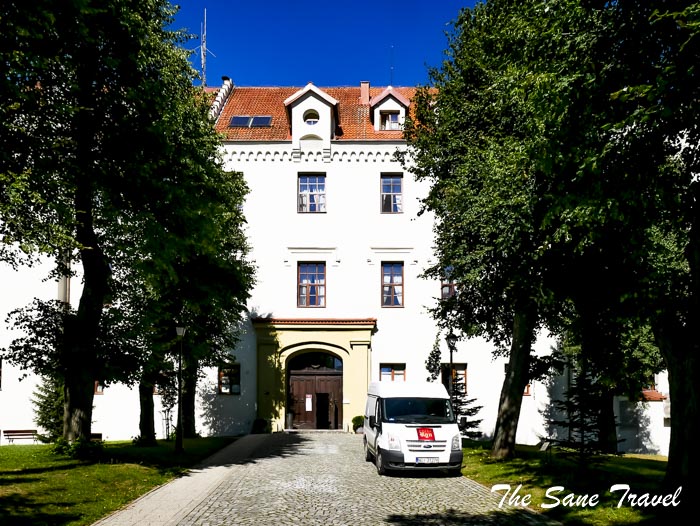
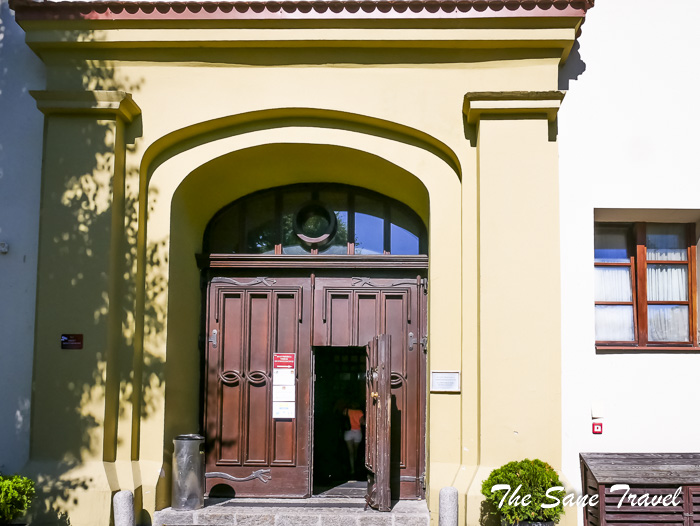
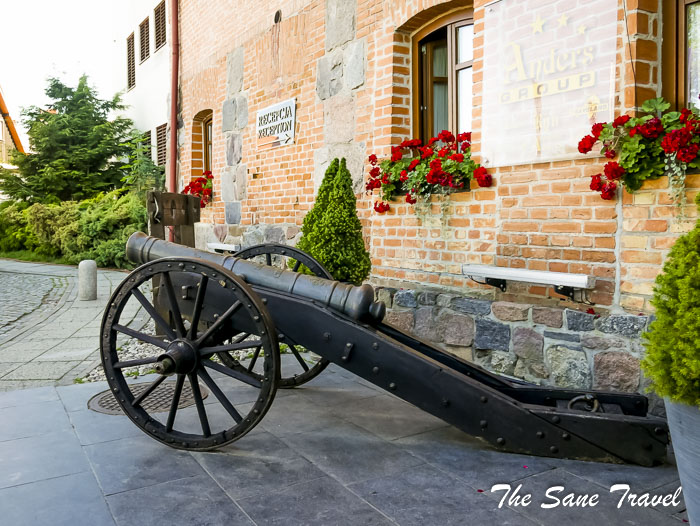
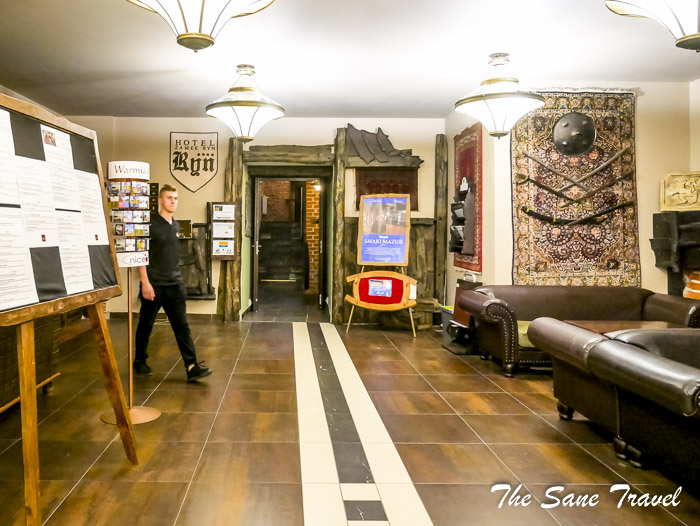
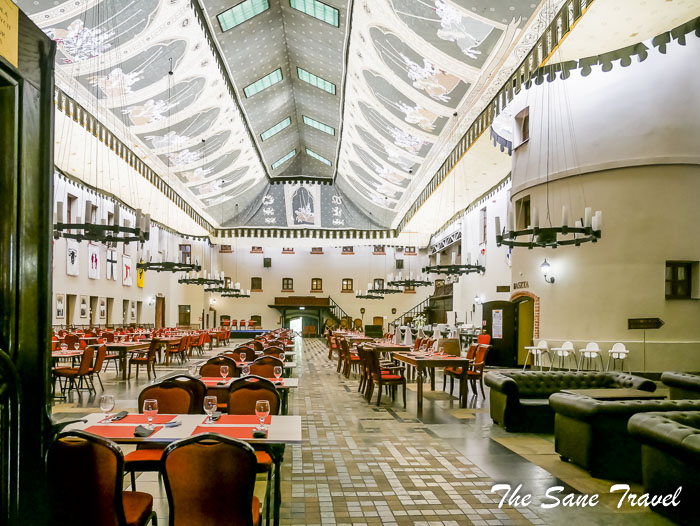 Practical tip.
Practical tip.
If you are not staying at the castle hotel, you will not be able to see much of it. You can visit the hotel reception area and have a glance at the castle restaurant through a glass door from the other entrance of the castle. If you are running short of time while visiting Poland, you may consider skipping this one.
Address: Plac Wolności 2, 11-520 Ryn
Gniew Castle
Gniew is one of the grandest fortresses of the Teutonic Knights in current Poland. The beginnings of the castle in Gniew (Mewe) date back to the end of the 13th century when the construction of a brick castle began. Following completion about 40 years later, it was one of the most powerful Teutonic strongholds on the left bank of the Vistula. Initially, it housed a convent and was the seat of the Teutonic commanders, but in Polish times it was the Governor’s residence. The castle was rebuilt many times over the centuries. In the nineteenth century, the main tower was demolished and the building was converted into a prison. In 1921, the castle burned down, and restoration work was only started in 1969. The castle has survived in a gothic, monumental form, but unfortunately without the main tower. 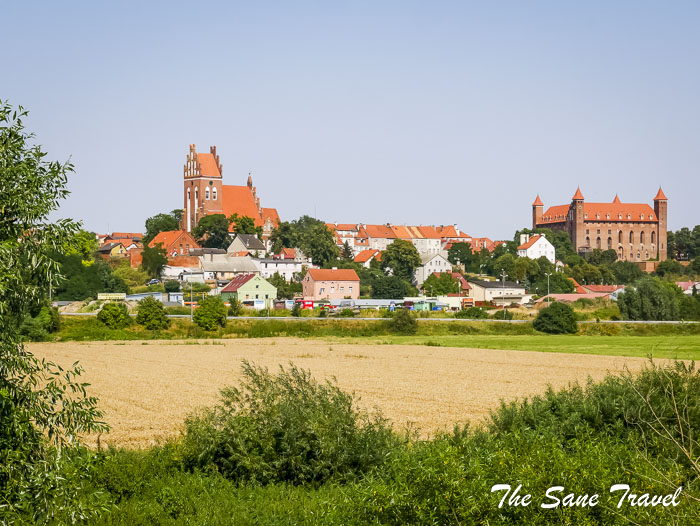
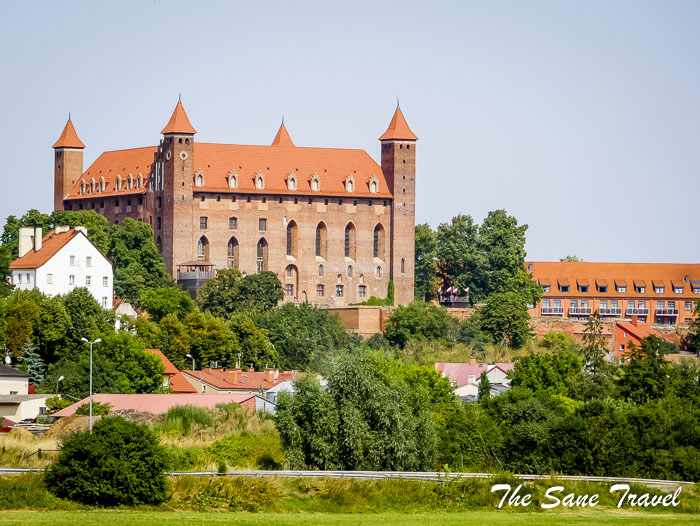
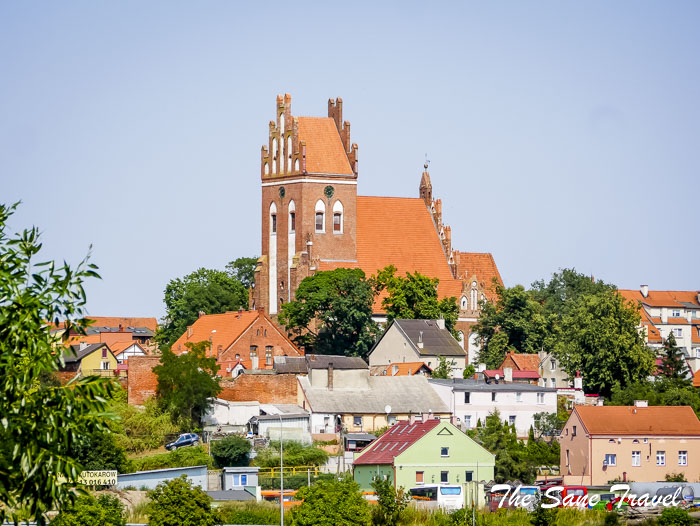
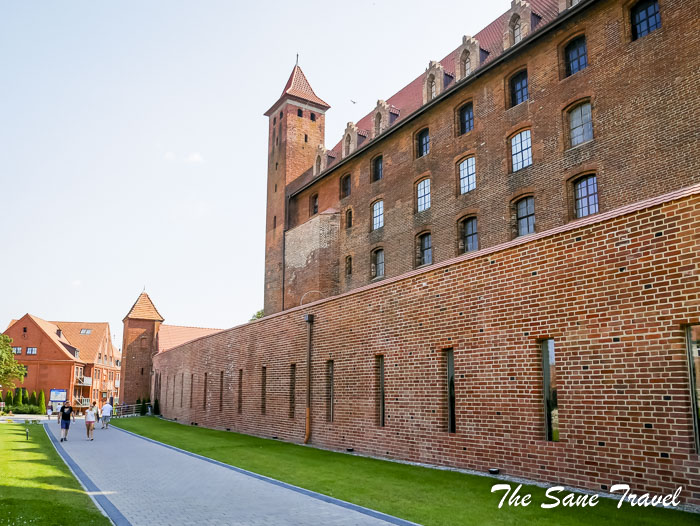
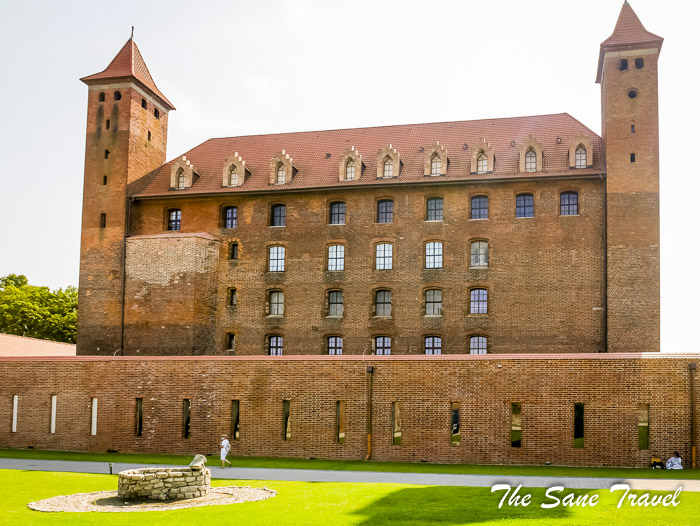 Currently, the fortress in Gniew is the property of the Castle Gniew Company. There are also a branch of the Archaeological Museum of Gdansk and several historical staging groups within its walls. Performances, historical re-enactments, and tournaments of chivalry have been held there for almost thirty years, which have made the castle in Gniew one of the main centres for showcasing medieval traditions in Poland.
Currently, the fortress in Gniew is the property of the Castle Gniew Company. There are also a branch of the Archaeological Museum of Gdansk and several historical staging groups within its walls. Performances, historical re-enactments, and tournaments of chivalry have been held there for almost thirty years, which have made the castle in Gniew one of the main centres for showcasing medieval traditions in Poland. 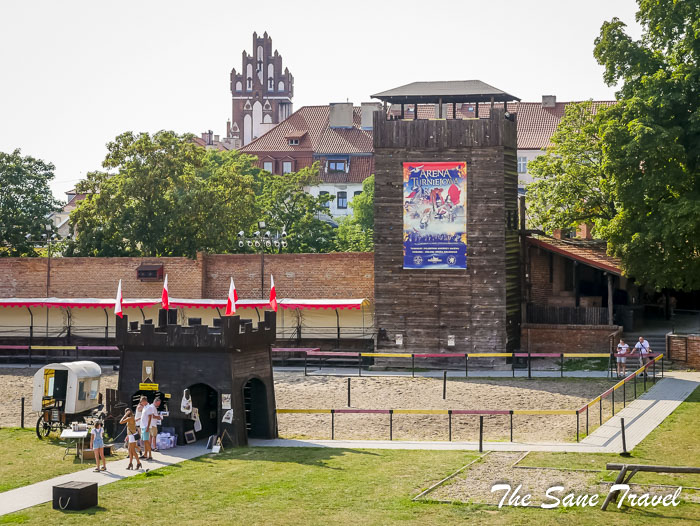 Hotel Zamek Gniew is a castle complex which includes the Knights' Hotel, the Castle, and the Marysieńki Palace. The property offers various room packages in three different buildings in the same complex. Hotel Pałac Marysieńki is situated next to the castle.
Hotel Zamek Gniew is a castle complex which includes the Knights' Hotel, the Castle, and the Marysieńki Palace. The property offers various room packages in three different buildings in the same complex. Hotel Pałac Marysieńki is situated next to the castle.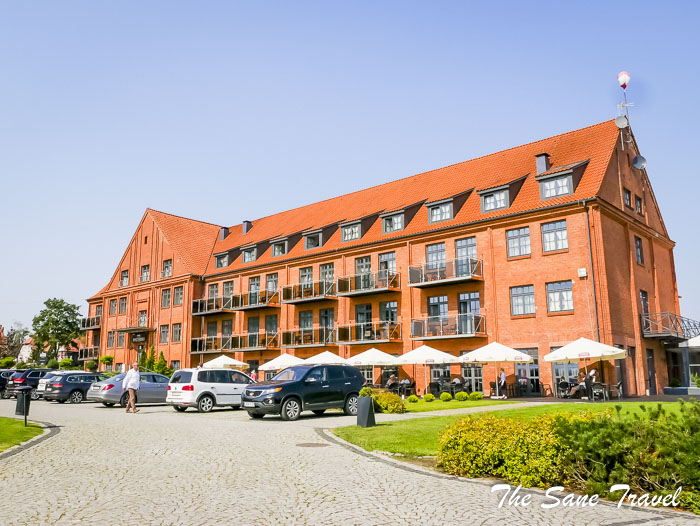
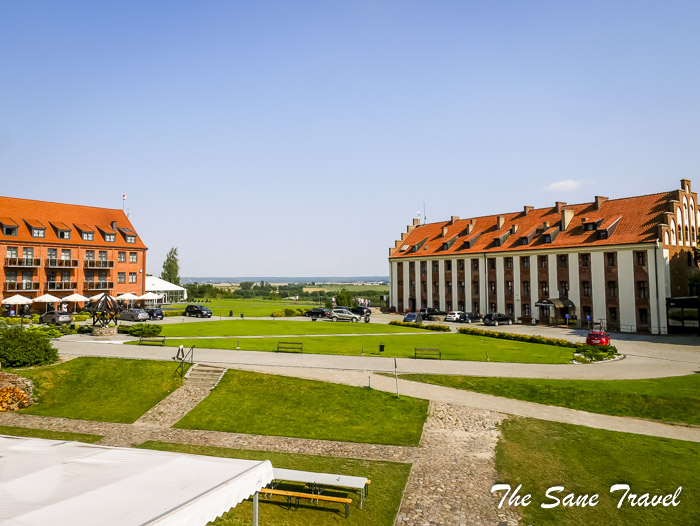
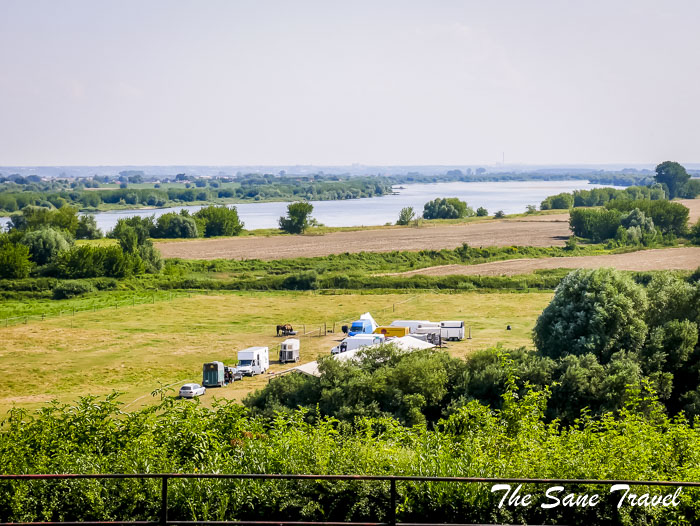 Practical tip. Great place for your lunch in the hotel restaurant. Worth considering to stay overnight.
Practical tip. Great place for your lunch in the hotel restaurant. Worth considering to stay overnight.
Address: Zamkowa 3, 83-140 Gniew
Kwidzyn Castle
Kwidzyn Castle was erected in the first half of the 14th century. A cathedral was added to the castle at the end of the 14th century. This contributed to the creation of a unique defensive and sacral complex, which was the only one of its kind in the monastic state. The four wings of the castle enclosed a square courtyard and an extensive outer bailey. In the 16th century, after the secularisation of Prussia and the breakup of the Pomesanian Chapter, the castle became the seat of various state offices. During the 18th, 19th, and at the start of the 20th century, the edifice held courts and prisons. At the end of the 18th century, two wings of the castle were taken down for the bricks to be used in the construction of a new courthouse. In the middle of the 19th century, under the regulation of King Frederick William IV, the castle devastation ceased and reconstruction work began reinstating the castle’s former medieval character. A characteristic feature of the castle is the largest sanitary-defence tower in the Teutonic state, located 55 meters from the west range of the castle. This dansker is connected with the main castle by a porch supported by five high arcades.
A characteristic feature of the castle is the largest sanitary-defence tower in the Teutonic state, located 55 meters from the west range of the castle. This dansker is connected with the main castle by a porch supported by five high arcades. 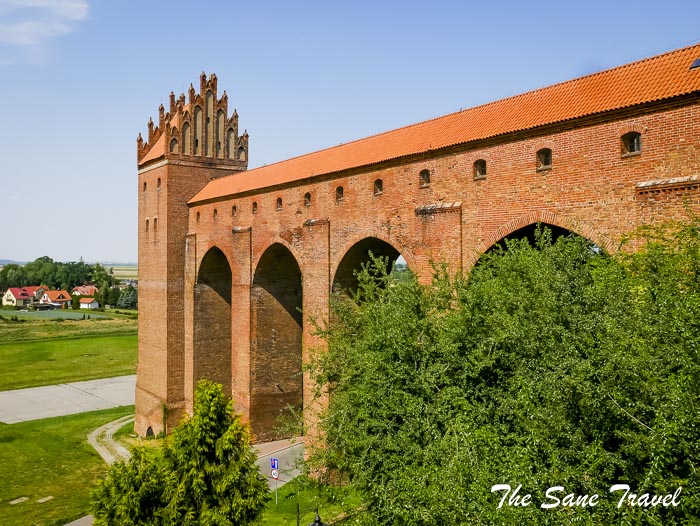 There is another dansker tower on the north side: the Well Tower, also called Small Dansker, is linked to the castle through two arcades.
There is another dansker tower on the north side: the Well Tower, also called Small Dansker, is linked to the castle through two arcades.
To this day, two wings of the upper castle and two impressive towers have survived from the castle. The castle currently houses a museum. The most valuable exhibit of the museum in Kwidzyn is of course the castle building itself, which together with the historic Pomesanian cathedral is one of the most treasured sacral and defensive monuments of medieval architecture in Poland.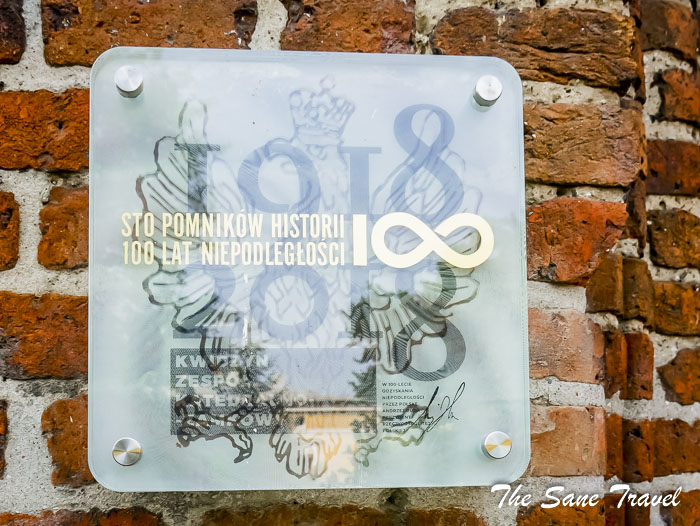
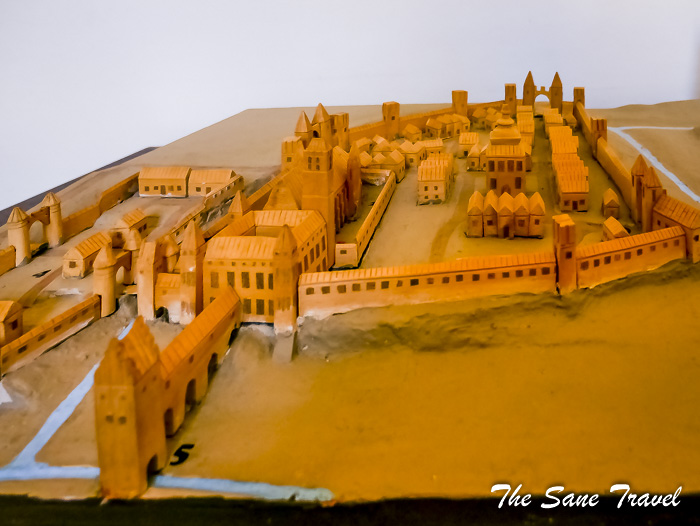
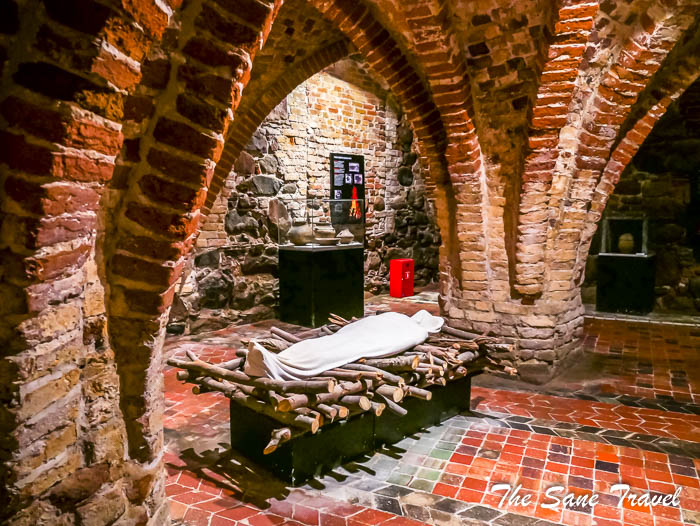
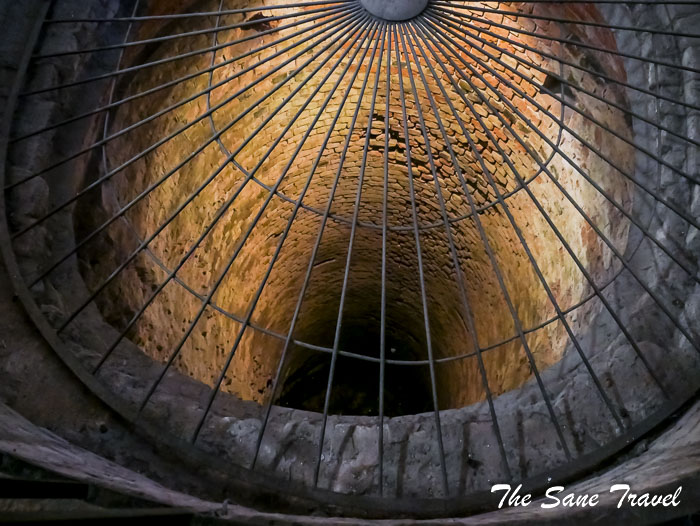
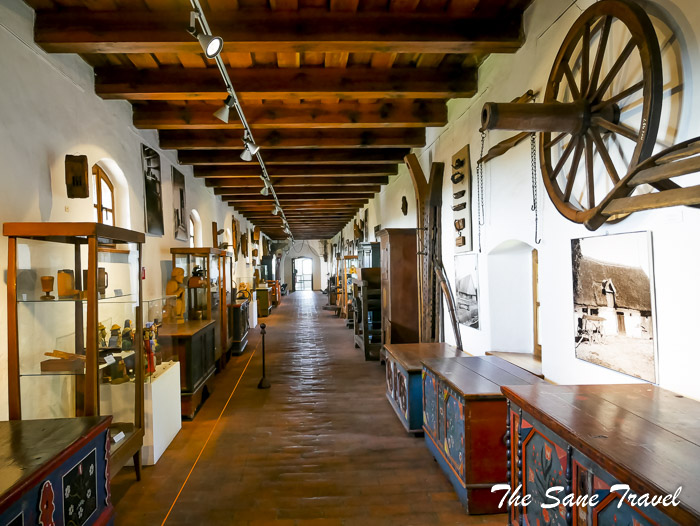
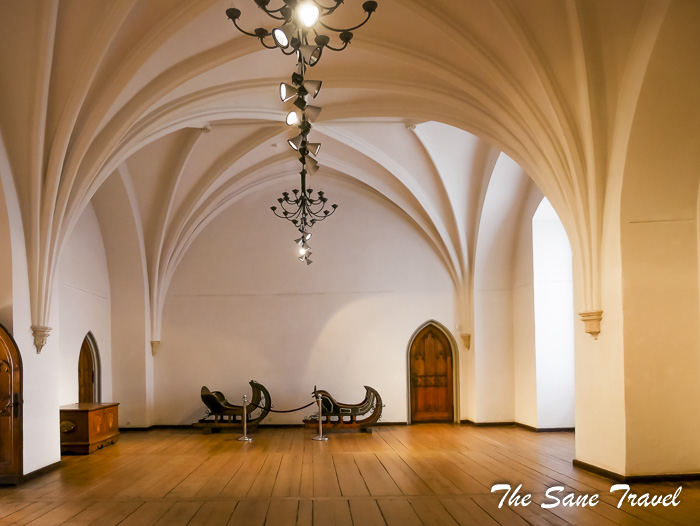
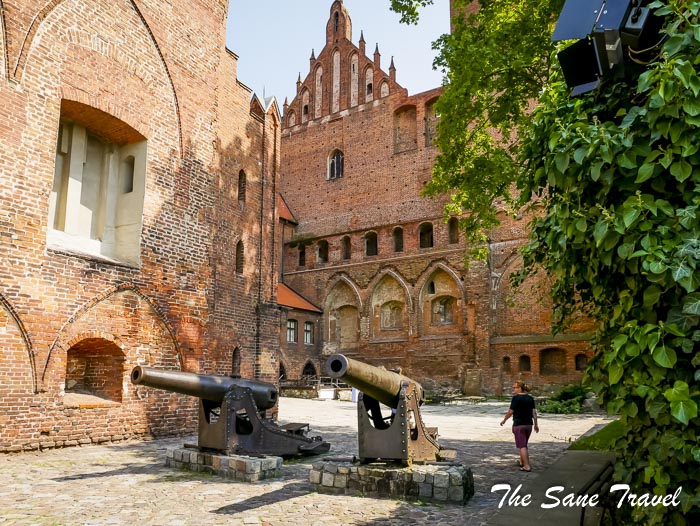
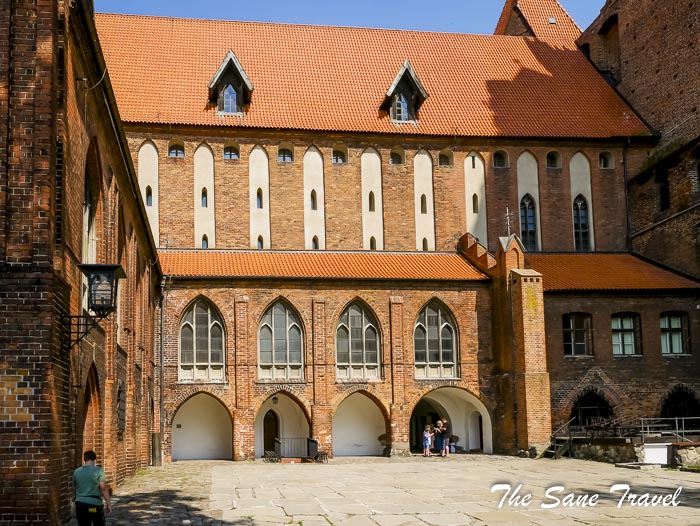 Practical tip. You will be impressed by the size of the castle. Definitely recommended.
Practical tip. You will be impressed by the size of the castle. Definitely recommended.
Address: Katedralna 1, 82-500 Kwidzyn
Malbork Castle
Malbork (Marienburg) Castle is located in Northern Poland, on the east bank of the River Nogat. Malbork Castle is one of the country’s most impressive historical sites attracting hundreds of thousands of visitors every year. With an area of 21 hectares, it is the largest castle in the world in terms of surface area. It is the most complete and elaborate example of a Gothic brick castle complex in the unique style of the Teutonic Order. The fortress contains three separate castles: the High Castle, the Middle Castle, and the Lower Castle. The State of the Teutonic Order was founded in the 13th century by German communities of military monks who carried out crusades against the pagan Prussians and Lithuanians living on the south Baltic coast, as well as against the Christian Kingdom of Poland.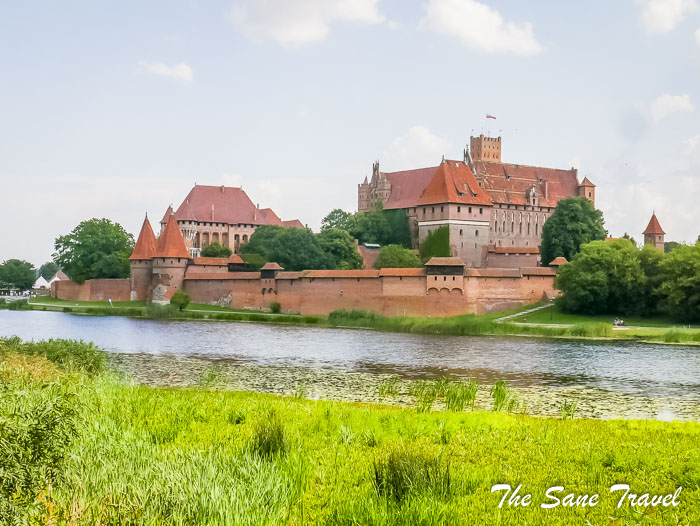
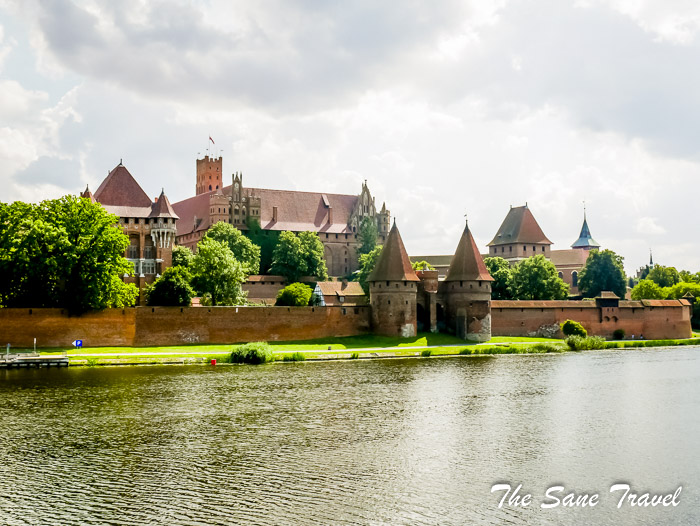
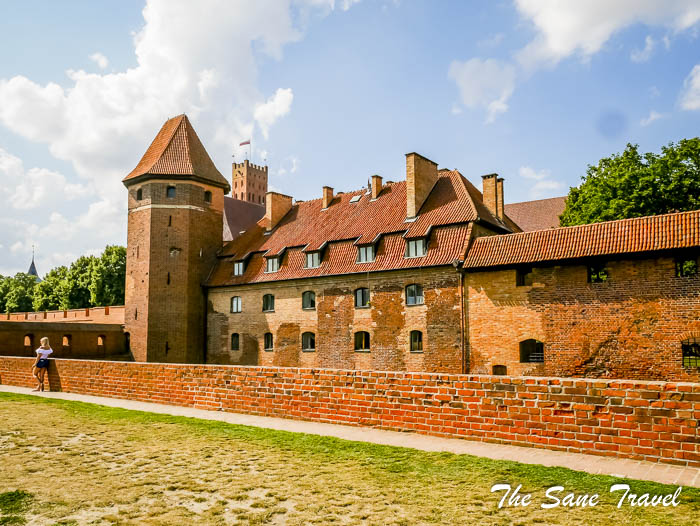
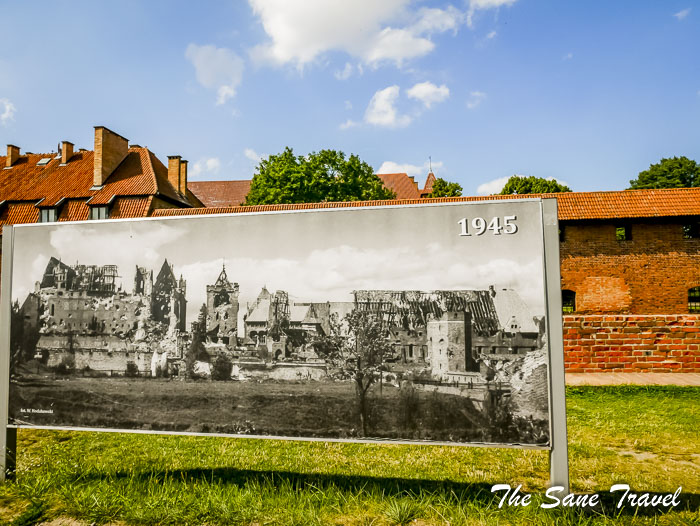
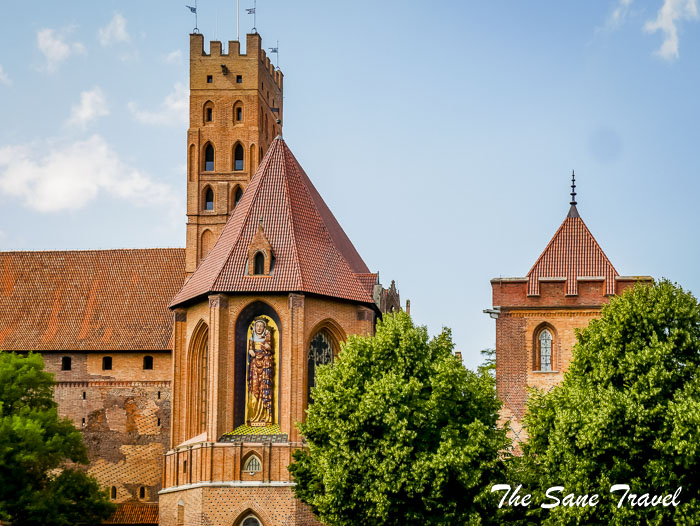

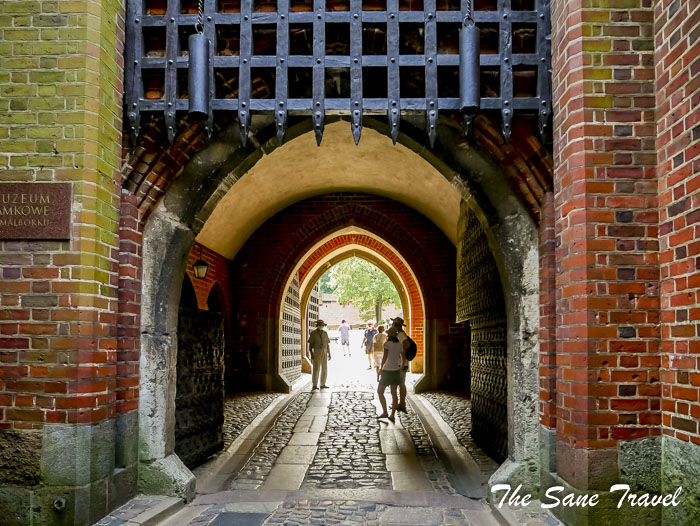
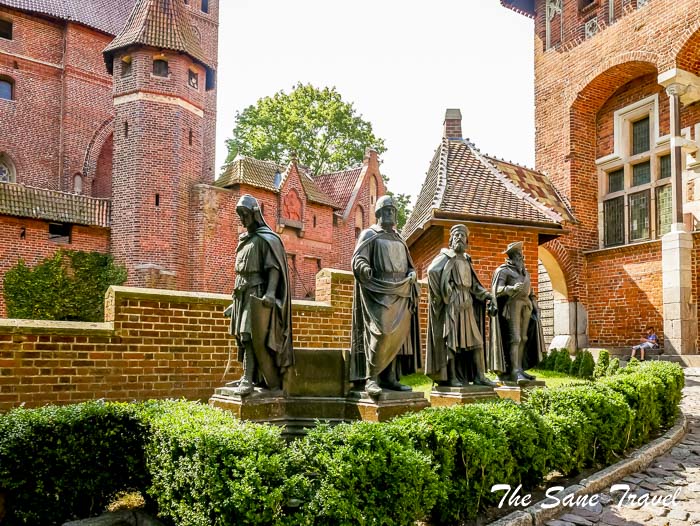
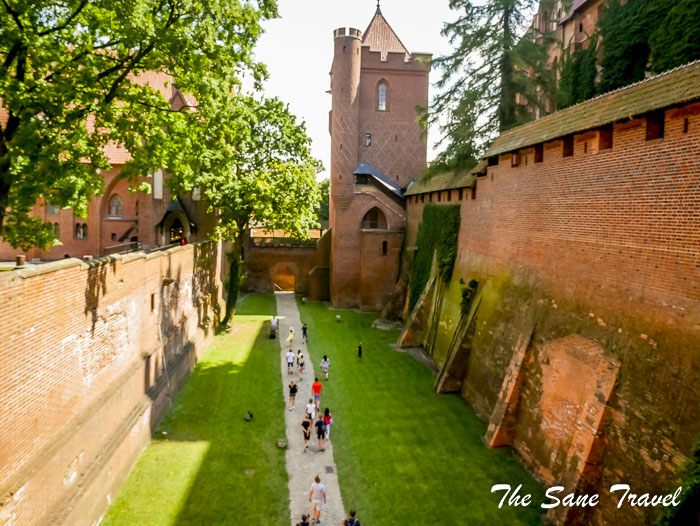
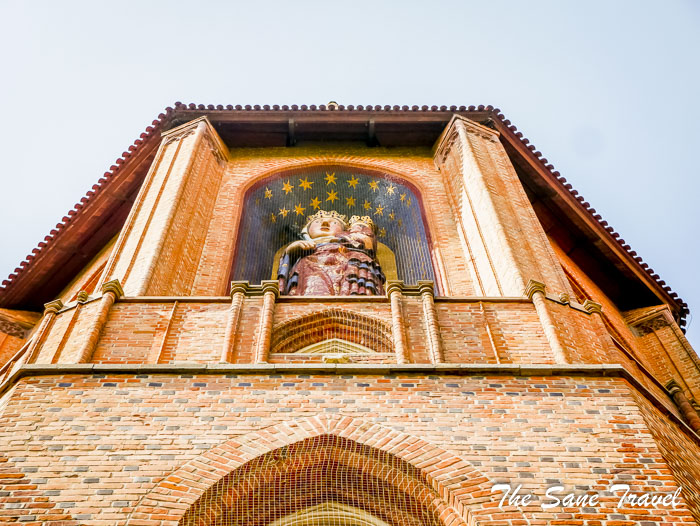
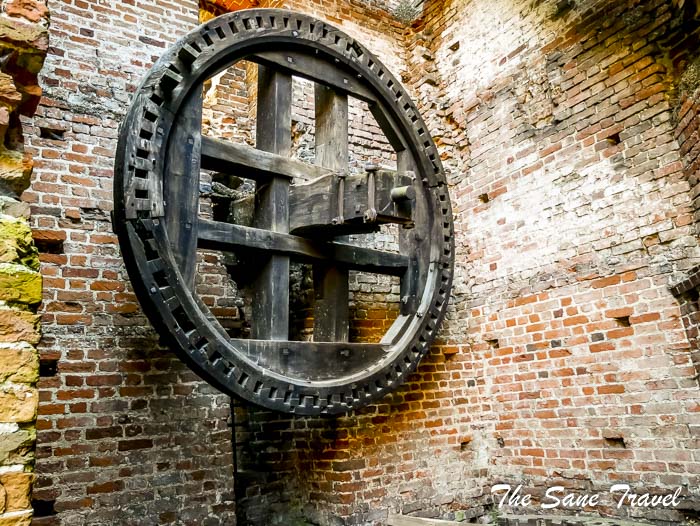
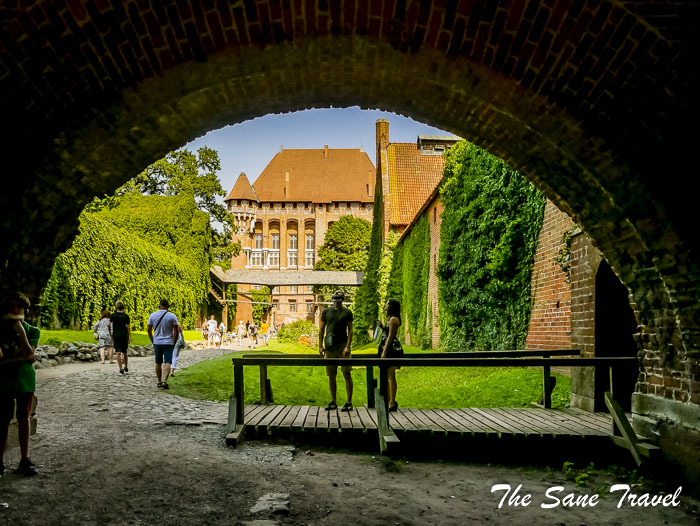
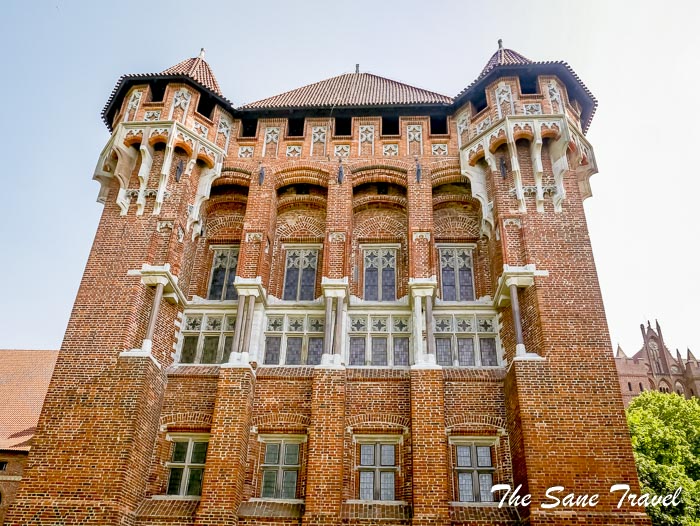 The fortified monastery of the Teutonic Order was substantially enlarged and embellished in the early 14th century when the seat of the Grand Master moved there from Venice. Since the middle of the 15th century, for more than three centuries the castle was a royal temporary residence, a Polish war-base in Prussia, and a seat for the district governor. The first partition of Poland (1772) resulted in the loss of the northern lands of the kingdom including Malbork, taken over by the German Prussia. From that time, the fortress served as a military base and warehouses. Later it fell into decay but was meticulously restored in the 19th and early 20th centuries. The fundamental work at the High Castle was completed by 1900. Several of the key interiors like the church of the Blessed Virgin Mary, St. Ann’s Chapel, the Chapterhouse, Kitchen, Dining Room, and Convent Common Room were all rebuilt. Many of the conservation techniques now accepted as standard were evolved here. Following severe damage in the Second World War, it was once again restored, using the detailed documentation prepared by earlier conservators. In 1997, the Malbork Castle Complex was inscribed into the UNESCO List of the World Cultural and Natural Heritage.
The fortified monastery of the Teutonic Order was substantially enlarged and embellished in the early 14th century when the seat of the Grand Master moved there from Venice. Since the middle of the 15th century, for more than three centuries the castle was a royal temporary residence, a Polish war-base in Prussia, and a seat for the district governor. The first partition of Poland (1772) resulted in the loss of the northern lands of the kingdom including Malbork, taken over by the German Prussia. From that time, the fortress served as a military base and warehouses. Later it fell into decay but was meticulously restored in the 19th and early 20th centuries. The fundamental work at the High Castle was completed by 1900. Several of the key interiors like the church of the Blessed Virgin Mary, St. Ann’s Chapel, the Chapterhouse, Kitchen, Dining Room, and Convent Common Room were all rebuilt. Many of the conservation techniques now accepted as standard were evolved here. Following severe damage in the Second World War, it was once again restored, using the detailed documentation prepared by earlier conservators. In 1997, the Malbork Castle Complex was inscribed into the UNESCO List of the World Cultural and Natural Heritage.
Address: Staroscinska 1, Malbork
Practical information
For sure, you will be overwhelmed by the grandeur of the place. Visits can be arranged only by self-guided tour with an audio guide. Allow yourself at least three hours to do the place justice. A visit to the castle can be extremely rewarding but note that it involves a lot of walking and there is a number of narrow staircases. Remember to bring a comfortable pair of walking shoes and a bottle of water, particularly on hot summer days. I could not find the option of buying tickets online, so be prepared for queues because this site is very popular. Nearby parking lots are really expensive capitalising on the opportunity to get money from tourists.
I attach the map of castles in Northern Poland to help with the planning of your future travels.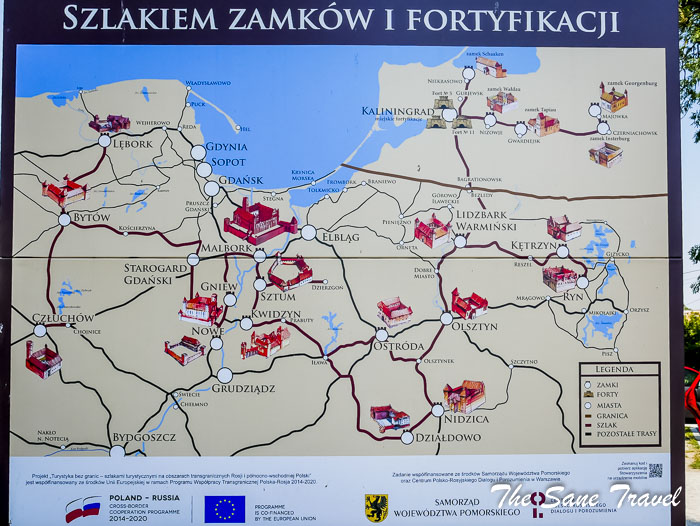 Like it? Pin it!
Like it? Pin it!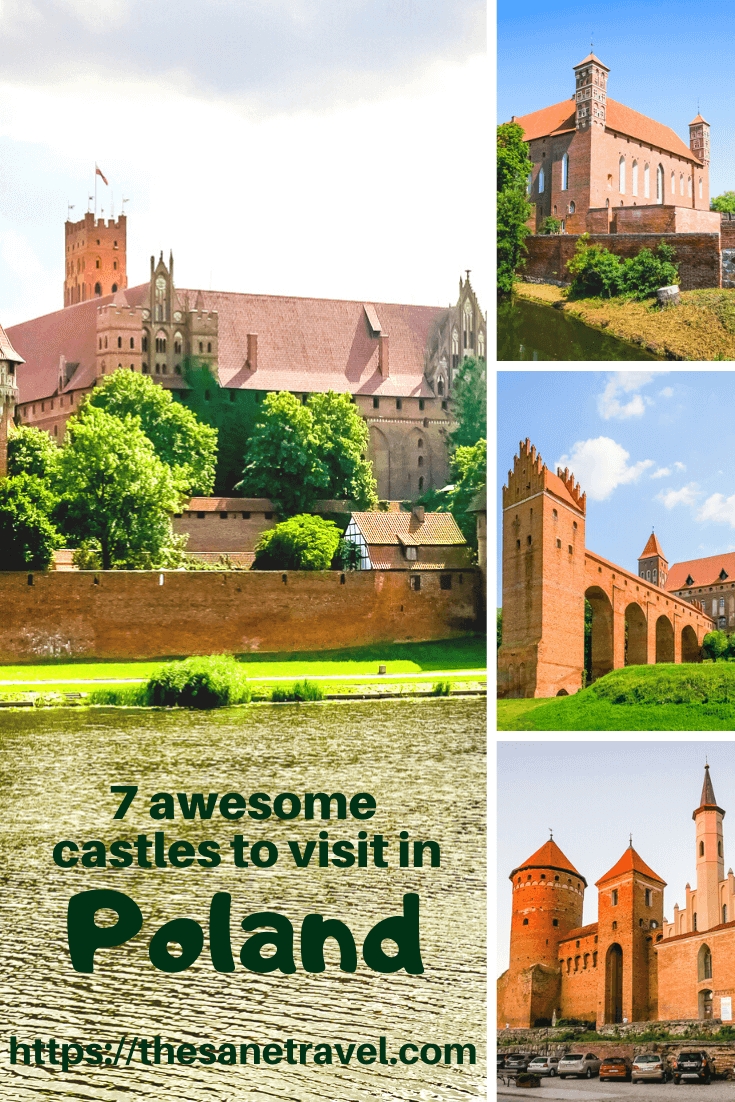
What did you think? Have you been to Poland? Or perhaps you’re thinking of visiting in the near future? Either way, I’d love to hear from you so please add your comments below.
- Posted by Anita on September 18, 2020
Author: Anita Sane

About the author
Anita is a part-time traveller, passionate photographer and a retired career woman from Latvia, travelling mostly solo for more than 15 years. She is a skilled travel planner who plans and executes her travels by herself. Anita wants to show you how to travel the world and open your mind to new experiences. Follow her on Facebook, Instagram, Pinterest, Twitter and Bloglovin.





Report
My comments